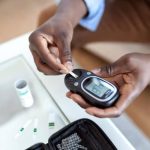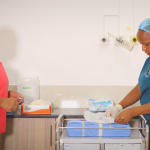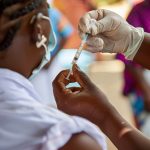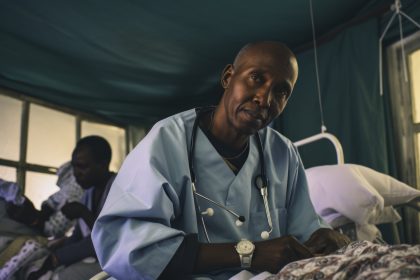Diabetes is worse in urban areas due to sedentary lifestyles, unhealthy diets and increasing stress levels
Imagine a thief sneaking into your home, quietly taking away your health, your money, and sometimes even your life. That’s diabetes for you—silent but deadly. It is responsible for 1.5 million deaths globally every year, according to the World Health Organization (WHO). It is also digging deep into Kenya’s pockets, costing the country a staggering Ksh24.6 billion (USD 230 million) annually.
Breaking down the numbers
Diabetes isn’t just a global menace—it’s a growing crisis right here in Kenya. An estimated 4.5% of the population is affected, with men and older adults at higher risk. In urban areas, the numbers are even more alarming due to sedentary lifestyles, unhealthy diets, and increasing stress levels.
The urban hotspots
- Nairobi: The capital city tops the list, with about 7.5% of the population living with diabetes, as per a Kenya Medical Research Institute (KEMRI) study. Rapid urbanization and modern lifestyles are fuelling the rise.
- Mombasa: The coastal city follows closely, with 5.1% of residents affected, particularly in low-income areas where health education and access to care are limited (Kenya Diabetes Management and Information Centre, 2018).
- Kisumu: Here, diabetes prevalence stands at approximately 6%, with older adults and those consuming unhealthy diets most affected.
- Eldoret: The bustling town isn’t far behind, with a 4.2% prevalence rate as per local health surveys, a figure driven by urbanization.
- Kisii: With a prevalence of 4.8%, diabetes is particularly common among the elderly, aligning with national trends that show a higher incidence in older populations.
Beyond the cities: A rural reality check
Historically, diabetes was seen as an urban problem, but that’s changing fast. A 2019 Kenya National Diabetes Study found that while cities have the highest numbers, rural areas are experiencing a spike in undiagnosed cases. Changing diets and increased access to diagnostics are shedding light on the hidden burden of diabetes beyond urban centres.
What’s being done?
This year’s focus is on improving access to diabetes care—affordable insulin, blood glucose testing, and lifestyle changes to prevent Type 2 diabetes. WHO is calling for more education, better policies, and initiatives to make diabetes care accessible to all.
The numbers don’t lie—diabetes is here, and it’s growing. But with awareness, prevention, and better healthcare access, Kenya can turn the tide on this silent epidemic.
Sources: WHO, KEMRI, Kenya Diabetes Management and Information Centre (DMI), Kenya National Diabetes Study 2019, Cost of Illness Study 2022.
This story has been repurposed from an earlier article by Robert Amalemba.























